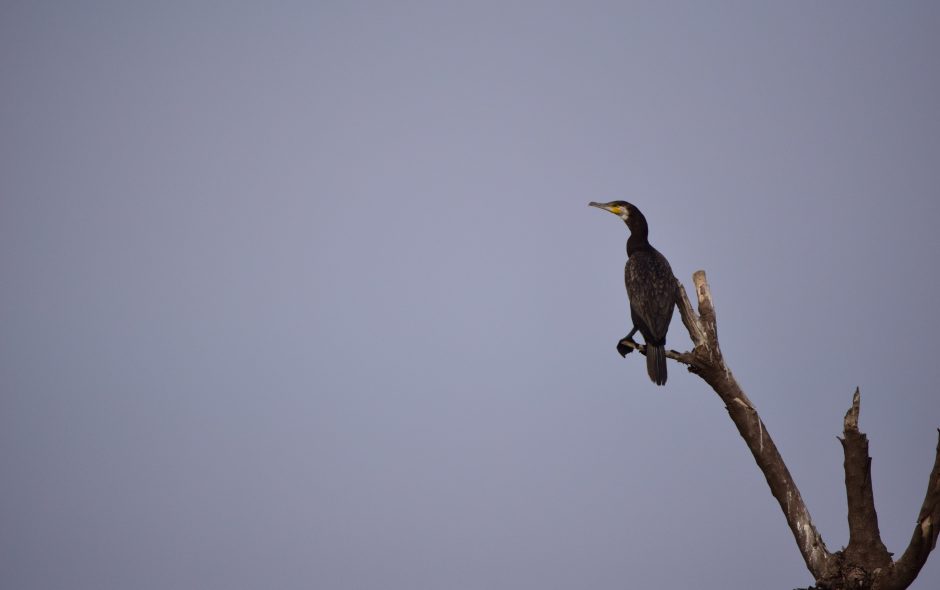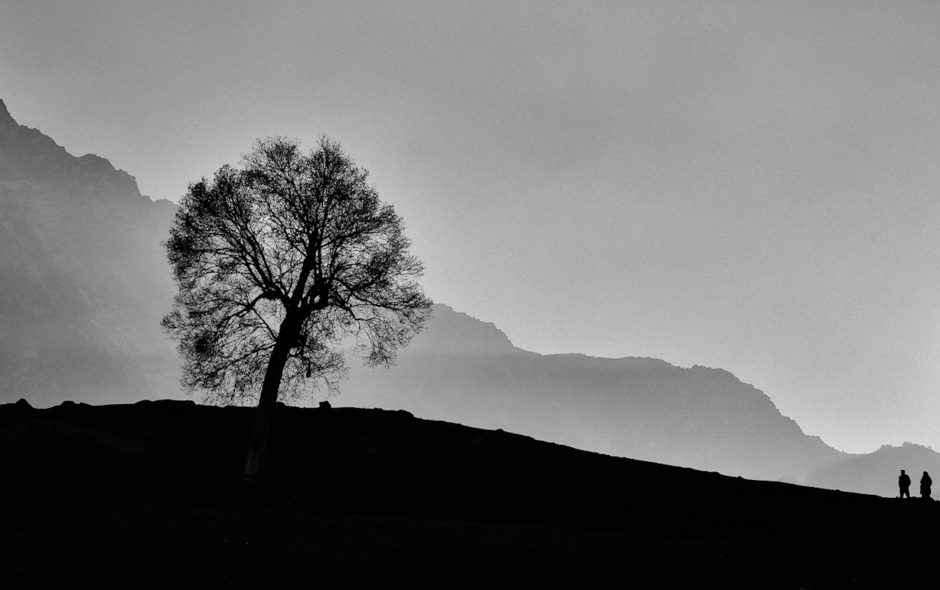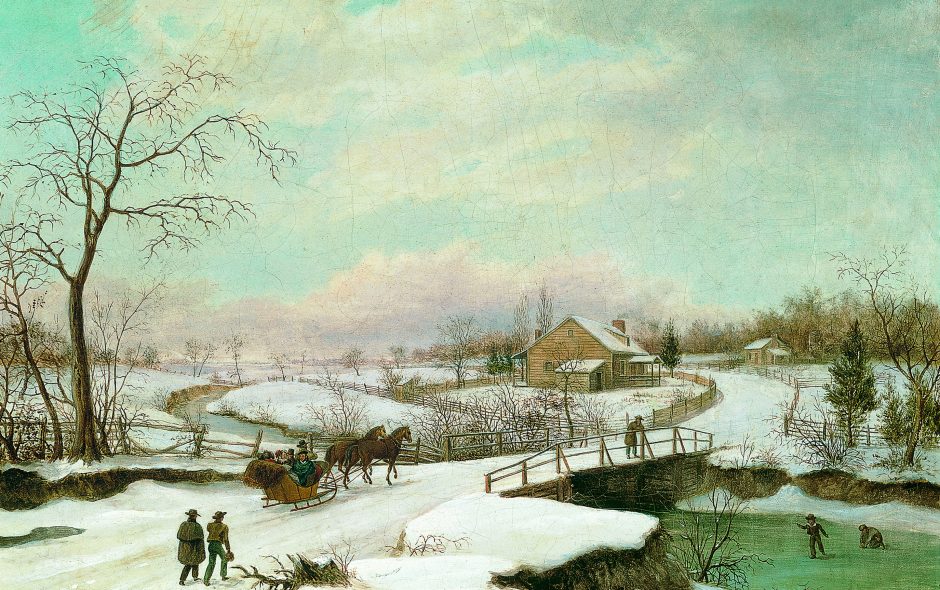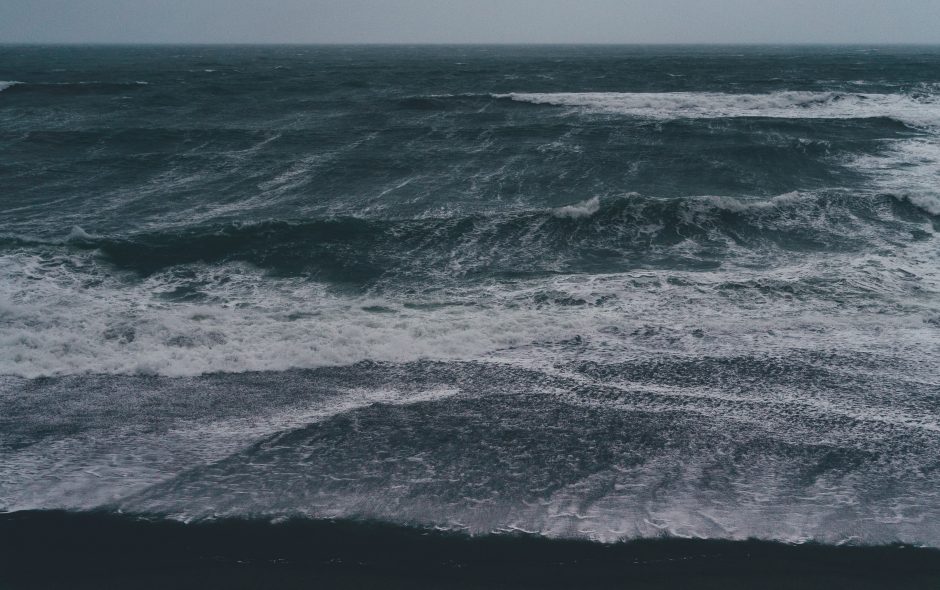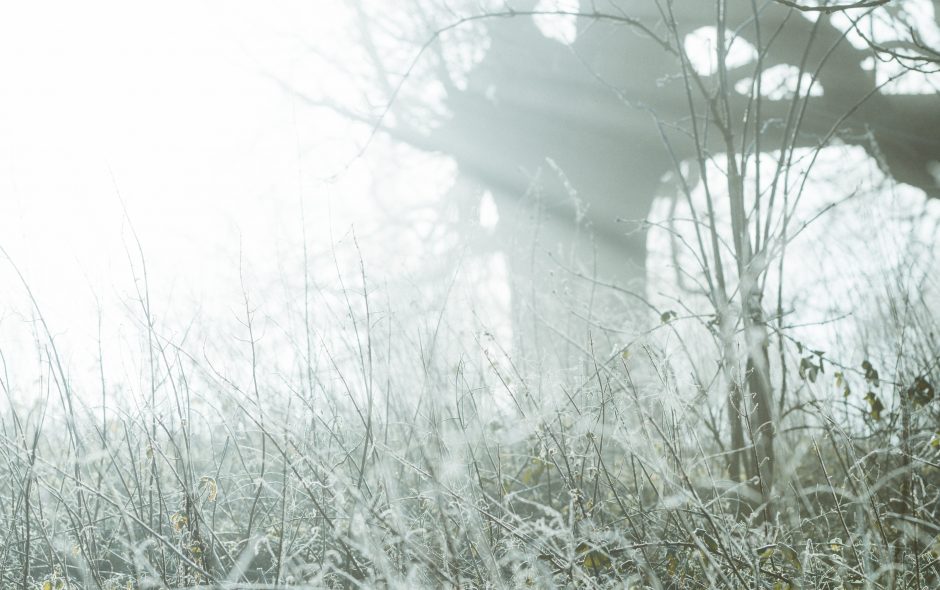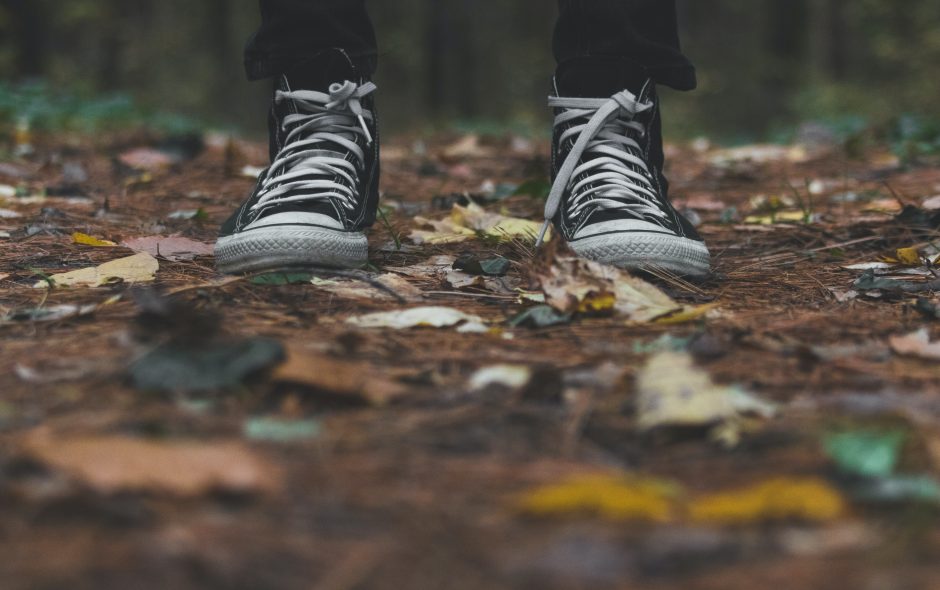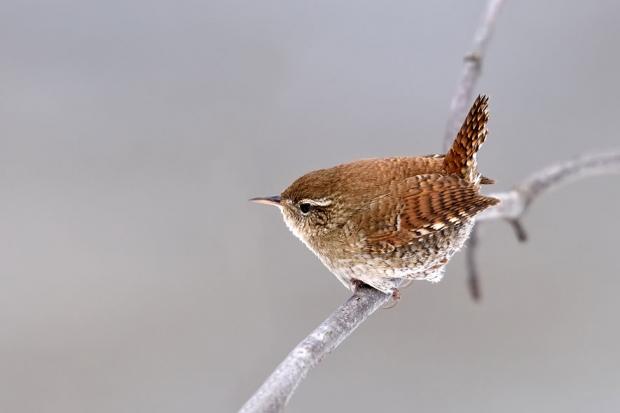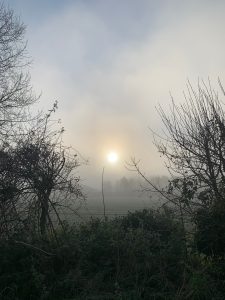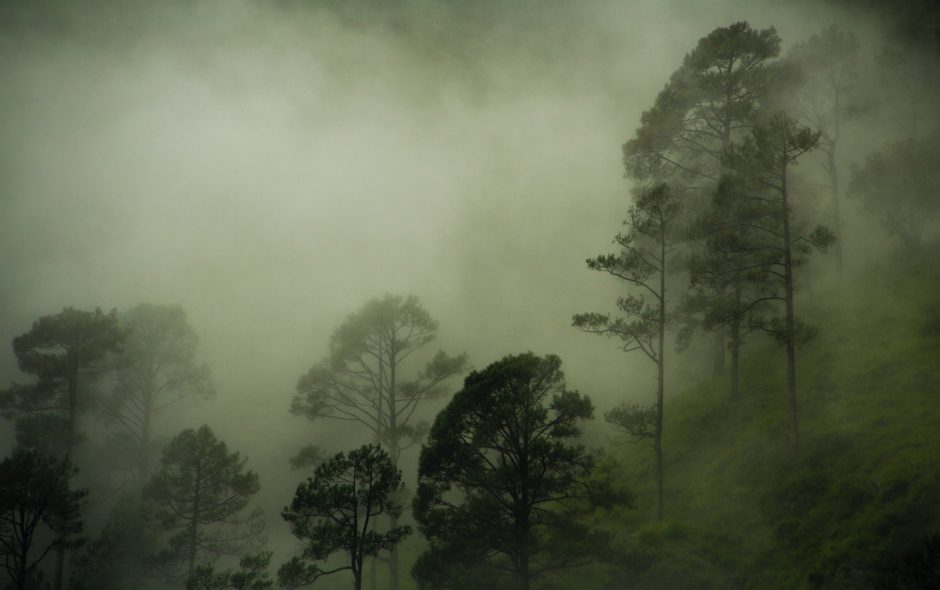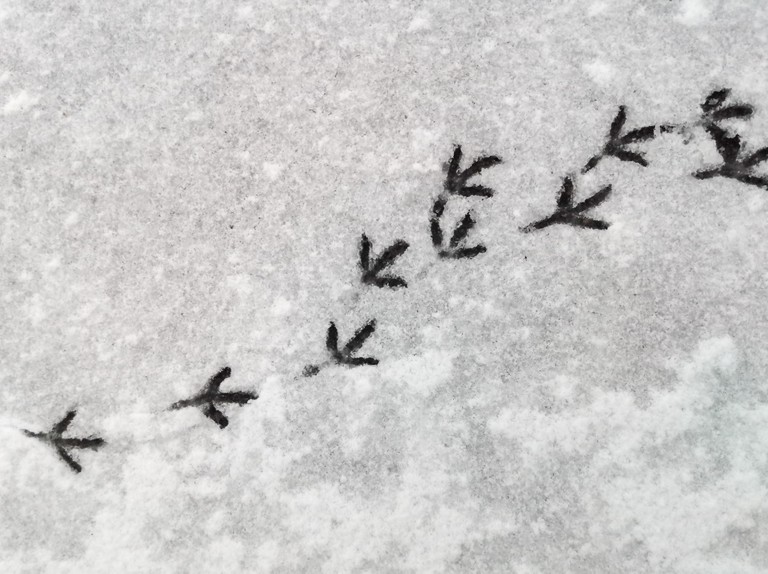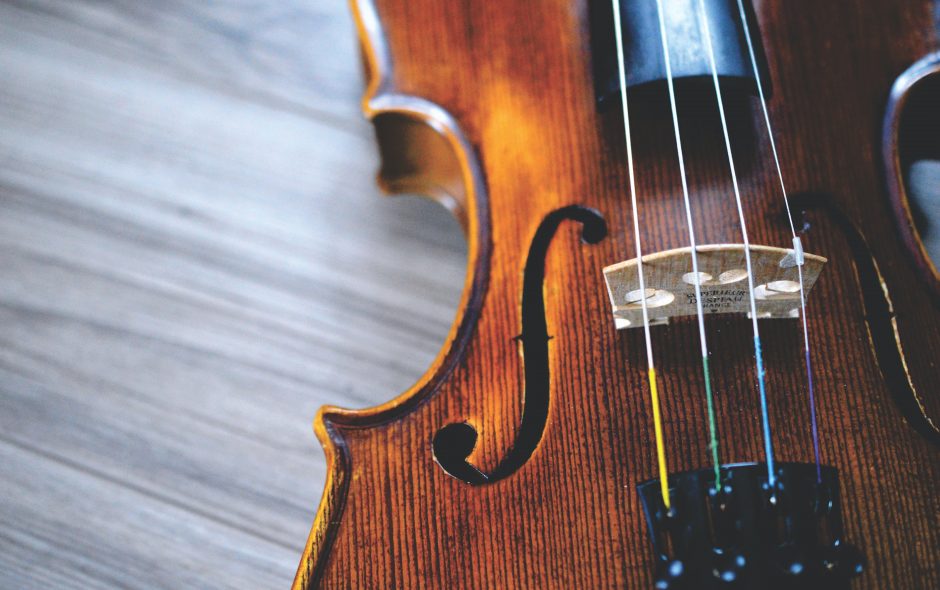This morning, through the hut window, a Cormorant in the sky entered my knowing. Making measured checking-out circles, it finally came in, deliberately, to land in the highest tree down by the lake. And there it stayed for a long, long while. The landscape had a watcher other than me. A fitting watcher, as my watching is no use to the beings of this place. I am something to be watched, my movements and actions are causes for alert. I can’t yet see any positive contribution from my existence here.
The Cormorant, grips the top of the tree, motionless, sometimes he turns his head, but in essence, still. However the nature of the place has changed now it has a watcher. The total feel of the place shifts, incorporating, relating to, this new presence and its watching eye. There is a gathering, a presencing, of tree-bird-standing, tall-seeing, bright black eyes opened out over the whole expanse of the landscape. The field, the tree-line, the waters, are now watched, and that changes them. They are tree-cormoranted in their presence. And the tree-cormorant-seeing gathers up the whole expanse of the land into itself. I feel myself watched, even in the inner shadow of my hut.
Or, attempting to say this differently, my experience of the bird is one where the cormorant holds the whole landscape in its body, its eye; and the landscape is now cormoranted, is experienced by me differently now that black watcher is within the sphere of it all.
Busying myself with washing up, making bed, tidying, the tree-cormorant-watching slips out of my awareness. Then a glance out the window catches some undefined flicker of movement on the ridge line of the green field. It comes and goes for some time. My own eye can’t make sense of it so I take down the binoculars. In time, it becomes clear that a whole flock of thrush-sized birds is foraging from left to right across the greensward of the field. Fieldfares, visitors from other lands, moving through, under the watching eye of Cormorant high in that highest tree. I feel the presence of tree-cormorant-seeing, expanse of field-lake-trees, jerky cross movement of peck-pecking, alert-still then hurried-walking, peck-pecking fieldfares, and my eye, my binoculars, my feeling, the moment, the now, the here. This moment unfolds, cormorant stillness, fieldfare activity, openness of the land, attention of me. Under lightness of cloud-carpet sky, and on upwards-curving earth. And all very still.
Again I forget the scene. Then later I leave the hut to attend to things outside. Suddenly I sense the Cormorant in flight. His black, watching eye detected me and the sentinel alerts. Its flight tells all the landscape that I am on the move. The Cormorant heads off over the wood behind me and leaves the wholeness of this land’s presencing. The Fieldfares run-stop-peck their way across the green curve of the field, sloping down to the thick brown stream. The lake-wood-field settles to being unwatched, at least for a while.
Photo by Rajesh Rajput on Unsplash
